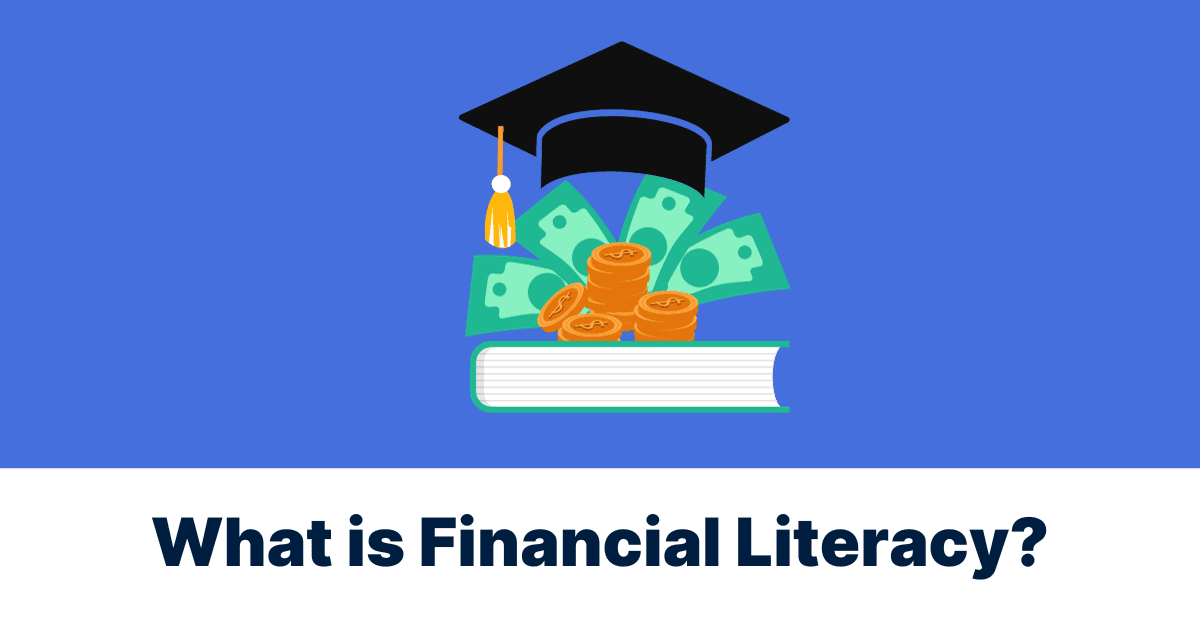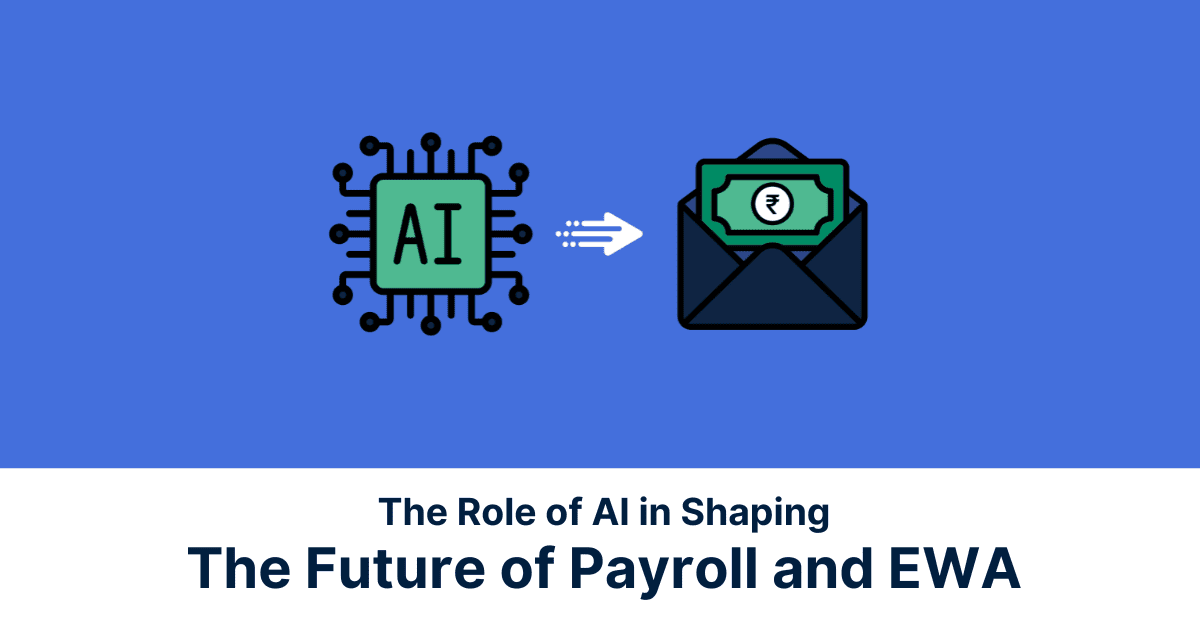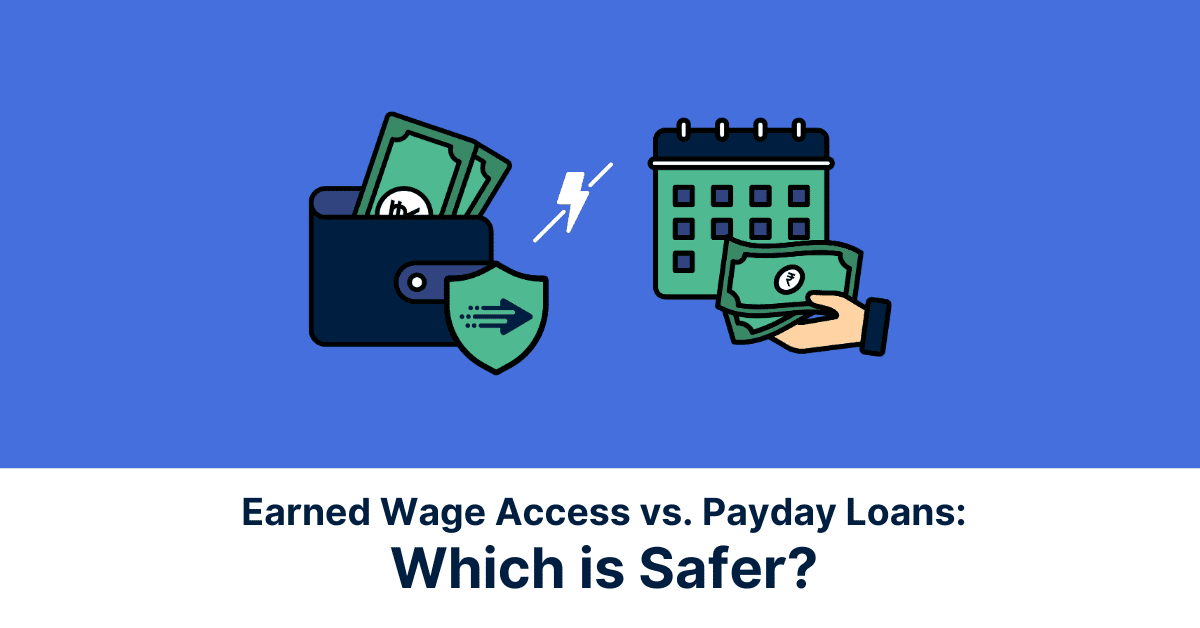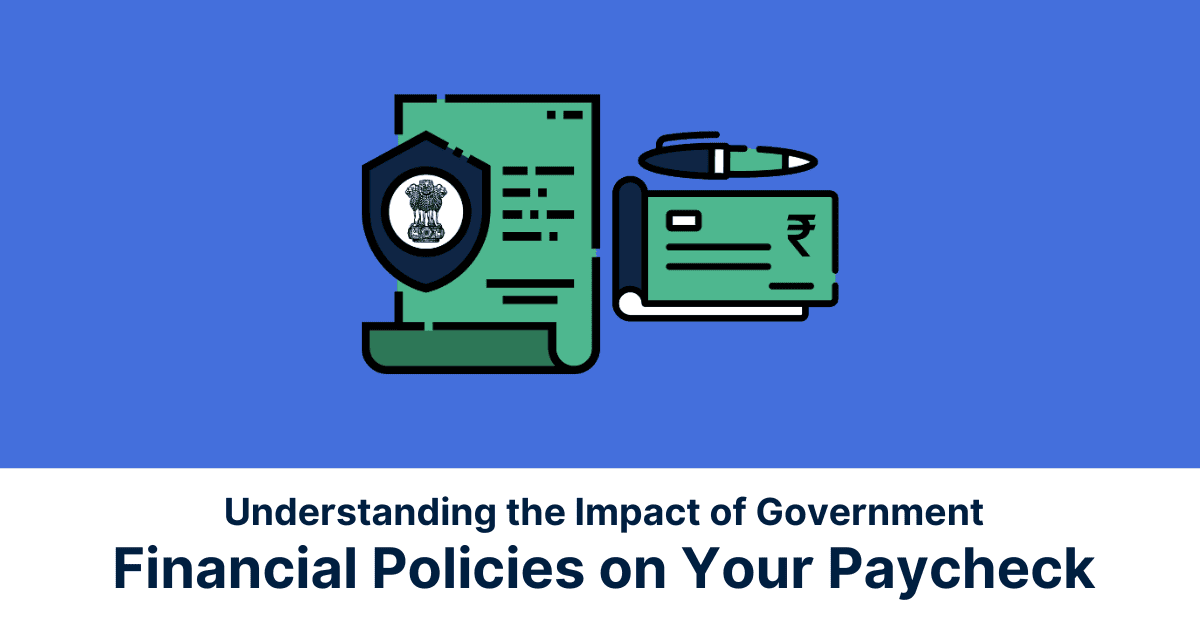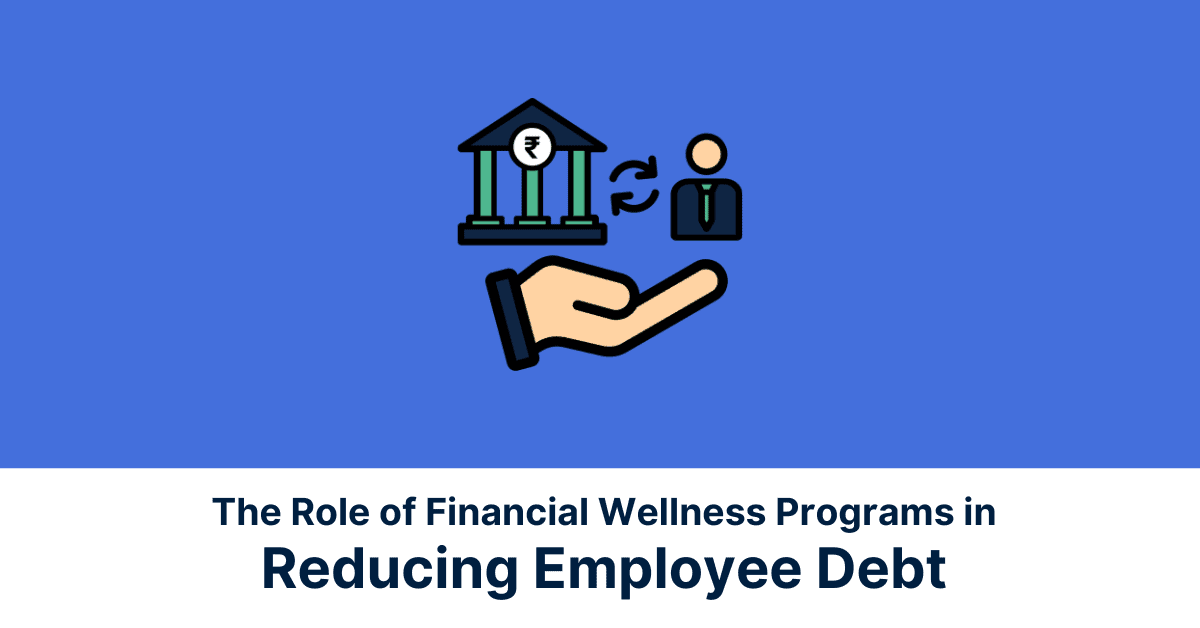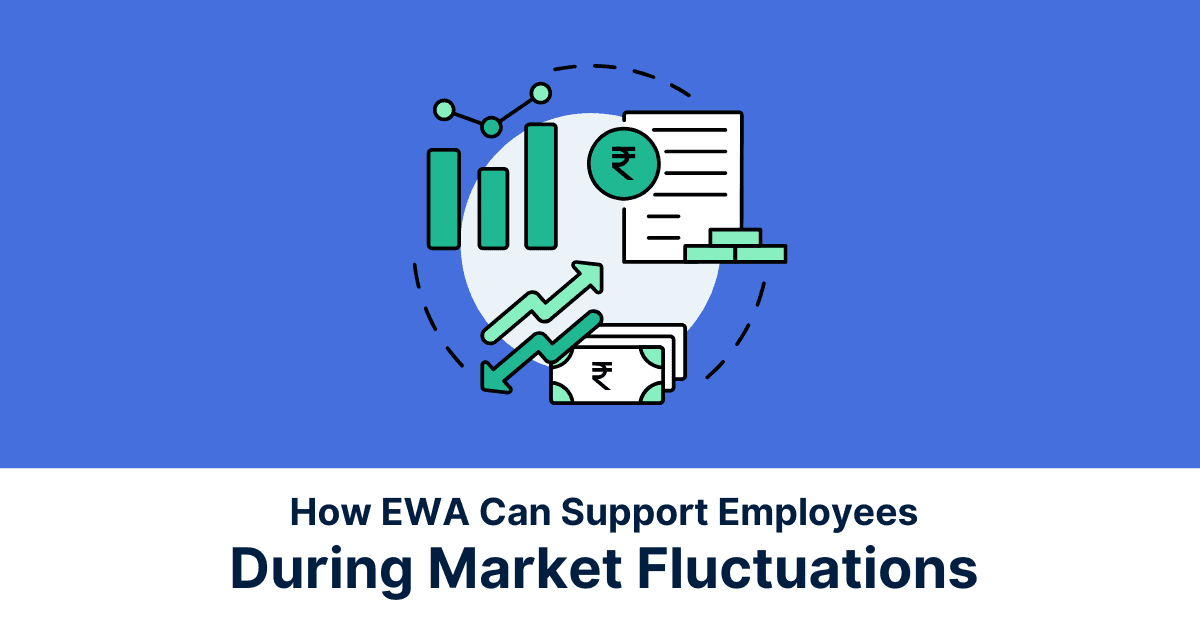Have you ever felt overwhelmed when it comes to your taxes? Or made a poor investment?
Or felt anxious over your spending habits that surpass your consumable income?
The truth is, you are not alone.
Most Indians feel overwhelmed when it comes to anything remotely related to finances.
Does it mean that most Indians are just bad with money?
The answer is No!
It’s not the consumption that is the issue, it’s the lack of awareness or education about finances. Unfortunately, only 27% of the adult population in India is financially literate.
In other words, only one out of every five Indian adults knows the basics of their finances and is equipped to cater to their financial well-being.
In today’s fast-paced and ever-changing world, financial literacy has emerged as a critical life skill. Understanding the nuances of money management, investments, savings, and financial planning is essential for individuals of all ages and backgrounds.
This leads us to a very important question.
What is financial literacy?
Investopedia defines Financial literacy as the ability to understand and effectively use various financial skills, including personal financial management, budgeting and investing.
In other words, financial literacy is the ability of an individual to understand their financial situation and work towards building their wealth through savings and investments while managing debt smartly and planning for a secure future. It is a lifelong process encompassing building your understanding and staying up-to-date on financial concepts, such as interest rates, credit, loans, and various modes of investments.
Why Is Financial Literacy Important?
The significance of financial literacy and the sheer need for it is evident in the strength of the numbers itself.
Over 70% of the Indian workforce lives paycheck to paycheck, which means that they are unable to save towards an unexpected rainy day. Unfortunately, most people end up resorting to high-interest credit loans in their hour of financial emergencies, trapping them in a vicious debt cycle.
Financially literate individuals are better equipped to make smarter financial decisions, preventing them from facing harsh financial challenges or staying prepared for any financial emergency that might come their way.
What are the Benefits of Financial Literacy?
Financial literacy is an essential life skill that everyone should have as it helps in the following:
1. Empowerment
Financial literacy empowers individuals to take control of their financial futures. When people understand how money works, they feel more confident in making informed financial decisions. Not only that, financial literacy gives an individual clarity regarding their taxes, making them proficient in smart tax planning geared towards building their savings.
2. Economic Stability
Financially literate individuals are more likely to contribute to economic stability. They are less vulnerable to financial crises and are better equipped to manage economic downturns such as global instability due to the pandemic or even during times of war. Furthermore, financial literacy also helps an individual in working towards attaining their personal financial goals.
3. Fraud Shield
In a digital age where financial scams and fraud are increasingly sophisticated, possessing financial literacy is akin to having a robust shield guarding against potential financial threats. Financially literate individuals are not only equipped to recognize these scams but are also adept at implementing protective measures that fortify their financial security.
4. Quality of Life
Financial literacy has a profound impact on an individual’s overall quality of life. By reducing the stress and anxiety related to money matters, it provides a sense of security and peace of mind. Financially literate individuals can embark on better financial planning journeys, ensuring that their resources are allocated efficiently to meet both short-term needs and long-term aspirations. This, in turn, paves the way for the realization of cherished life goals, such as purchasing a home, sending children to college, or enjoying a comfortable retirement.
5. Avoiding Debt
A lack of financial literacy often leads to debt accumulation. Understanding personal finance can help individuals avoid excessive debt and make responsible borrowing decisions.
6. Wealth Building
Financial literacy is a key factor in building wealth. It enables people to make smart investment choices, save for retirement, and plan for major life expenses, such as buying a home or sending children to college.
7. Retirement Planning
With the rise of defined-contribution retirement plans, individuals are responsible for building their own retirement savings. Financial literacy is crucial for making informed decisions about retirement investments and long-term savings that can help them have a comfortable life while having a contingency plan in place for unexpected times post-retirement.
Financial literacy ideally helps an individual safeguard themselves from all financial risks, thereby helping them work towards their financial independence in the most secure and confident manner possible.
The Components of Financial Literacy
Though financial literacy is a holistic concept, it encompasses several components that work in unison towards an individual’s financial security. These components include:
Certainly, let’s delve deeper into each component of financial literacy:
1. Budgeting
Budgeting is the cornerstone of financial literacy. It involves creating a detailed plan that outlines your income and expenses. Through budgeting, individuals can gain control over their finances, allocate funds to various needs, and track their spending habits. This essential skill empowers them to live within their means, save for future goals, and respond effectively to financial emergencies.
Budgeting helps individuals have a clear picture in place of their income and expenses. And though it might sound complicated, there are a few rules of budgeting, such as the 50-30-20 rule or the 30-30-20-10 rule, that make it easy for anyone to understand how the allocation of their money can help build a secure financial future.
2. Saving
Saving is the practice of setting aside a portion of your income for future needs or emergencies. Financially literate individuals understand the importance of saving and prioritize it in their financial plans. They establish emergency funds to cover unexpected expenses, save for short-term goals like vacations or major purchases such as buying a car or a family home, and build long-term savings for retirement and financial security.
3. Investing
Investing involves putting your money into assets with the expectation of generating a return or profit over time. Financially literate individuals grasp the fundamentals of investing, including different asset classes such as stocks, bonds, real estate, and mutual funds. They assess their risk tolerance, diversify their investment portfolios, and make informed choices to grow their wealth and achieve long-term financial goals.
To make your investments future-proof, it is important to have knowledge about the various modes of investing while understanding their underlying risk and scope of growth. For example, gold is a great investment tool, but comes with a lot of hassles of purchase and safekeeping, while digital gold is a similar concept but more future-proof due to its digitalised nature.
4. Debt Management
Effective debt management is crucial for maintaining financial health. Financially literate individuals understand the types of debt they have, such as credit card debt, student loans, or mortgages, and develop strategies to manage and reduce it. They prioritize paying down high-interest debt, avoid accumulating unnecessary debt, and use credit responsibly to maintain a strong credit score.
5. Tax Management
Taxes are an inevitable part of personal finance, and financial literacy includes an understanding of the tax system. A financially literate individual learns about tax deductions, credits, and tax-advantaged accounts, helping him/ her in optimizing their tax strategies to minimize tax liabilities while staying compliant with tax laws, ensuring more efficient use of their income.
6. Financial Risk Management
Financial risk-management involves assessing and mitigating potential financial risks. Financially literate individuals have strategies in place to protect their assets and income from unforeseen events like illness, disability, or death. This can include having appropriate insurance coverage, creating wills and estate plans, and considering the impact of risk when making financial decisions.
7. Financial Goal Setting
Setting clear and achievable financial goals is an essential component of financial literacy. Financially literate individuals define their short-term and long-term goals, whether it’s buying a home, paying for education, or building a retirement nest egg. They create actionable plans to reach these goals, monitor their progress, and make necessary adjustments along the way.
Each of these components forms a critical building block of financial literacy, equipping individuals with the knowledge and skills they need to navigate their financial journey successfully and achieve their financial aspirations.
Importance of Financial Literacy in India and its Significance in overall Economic Growth
Financial literacy plays a pivotal role in India’s economic growth for several reasons:
1. Enhancing Financial Inclusion
Financial literacy is instrumental in increasing financial inclusion in a country as diverse as India. It empowers individuals, especially those in rural and underserved areas, to access and effectively utilize financial services, such as banking, insurance, and digital payments. This inclusion drives economic activity, fosters entrepreneurship, and reduces income inequality.
2. Promoting Responsible Borrowing and Investment
In a country with a burgeoning middle class, financial literacy guides individuals in making informed decisions regarding borrowing and investing. It enables them to assess the risks and benefits associated with financial products, thereby preventing overindebtedness and speculative investments.
3. Boosting Savings and Investment Culture
Financial literacy encourages a culture of savings and investment, both critical drivers of economic growth. When individuals understand the importance of saving and investing, they channel their resources into productive assets, which in turn stimulates capital formation and fuels economic development.
4. Entrepreneurship and SME Growth
Financially literate entrepreneurs are better equipped to start and manage small and medium-sized enterprises (SMEs). These businesses are vital contributors to India’s economy, and their growth relies on sound financial management practices, including access to credit and effective risk management.
Challenges and Barriers to Achieving Financial Literacy in India
Despite the importance of financial literacy, India faces unique challenges and barriers in its quest to enhance financial knowledge:
- Diverse Linguistic and Cultural Landscape
India’s diversity in languages and cultures presents a challenge in designing and delivering standardized financial literacy programs. Tailoring content to various regions and demographics is necessary to ensure effectiveness. - Limited Access to Education
A significant portion of India’s population still lacks access to quality education, which serves as the foundation for financial literacy. Addressing this barrier requires investments in educational infrastructure and resources. - Digital Divide
While digitalization presents opportunities for financial education, it also highlights the digital divide, where many Indians lack access to the internet or digital devices. Bridging this divide is essential for ensuring that financial literacy resources reach all segments of the population. - Awareness Gap
Many Indians remain unaware of the importance of financial literacy and its potential benefits. Increasing awareness and instilling a culture of financial responsibility are essential steps in promoting financial education. - Regulatory Challenges
The regulatory environment for financial literacy programs in India can be complex and fragmented. Streamlining regulations and promoting collaboration among various stakeholders, including government agencies, financial institutions, and nonprofit organizations, is necessary for effective implementation.
Different Types of Financial Literacy Programs in India
Irrespective of the challenges faced by the Indian population while encountering their strive for financial literacy, numerous initiatives and programs have emerged to empower its diverse population with essential financial knowledge. From government-led campaigns to initiatives by financial institutions and nonprofit organizations, these programs aim to bridge the information gap and foster a financially informed society.
1. Government Initiatives
The Indian government has taken proactive steps to promote financial literacy. Programs like the Pradhan Mantri Jan Dhan Yojana (PMJDY) aim to increase financial inclusion by providing banking services and financial education to the unbanked population. Additionally, the Reserve Bank of India (RBI) conducts awareness campaigns and educational workshops.
2. Bank and Financial Institution Programs
Many banks and financial institutions in India offer financial literacy programs and workshops. They focus on educating customers about banking products, investment options, and responsible borrowing, helping individuals make informed financial decisions.
3. Nonprofit Organizations
Numerous nonprofit organizations in India, such as the National Institute of Securities Markets (NISM) and the Consumer Education and Research Centre (CERC), are dedicated to financial education. They offer free workshops, online courses, and resources to enhance financial literacy, particularly among marginalized communities.
4. Digital Platforms and Fintech Companies
With the rise of digitalization in India, several fintech companies and online platforms provide accessible financial education. These platforms offer user-friendly apps and websites, making it convenient for individuals to learn about budgeting, investing, and managing finances from the comfort of their homes.
5. Corporate Financial Wellness Programs
Some Indian corporations have recognized the importance of financial literacy among their employees and offer financial wellness programs as part of their benefits package. These programs aim to improve employees’ financial well-being by providing education on topics like retirement planning and debt management. Partnering with a financial wellness provider such as Jify, not only helps the employees in meeting their financial obligations but their offerings such as financial coaching guide the employees towards being financially self-sufficient.
In conclusion, financial literacy stands as a beacon of empowerment, offering individuals the knowledge and skills needed to navigate today’s complex financial landscape. And therefore, it is empirical for the majority of our population to not only know what is financial literacy but also understand the difference it can bring about in their lives. Its importance is undeniable, both for personal financial well-being and for the broader economic growth of nations like India. By fostering a culture of financial literacy, we pave the way for prosperity, resilience, and a more secure tomorrow for all.
*Disclaimer:
The information contained herein is not intended to be a source of advice concerning the material presented, and the information contained in this article does not constitute investment advice. The ideas presented in the article should not be used without first assessing your financial situation or without consulting a financial professional.
